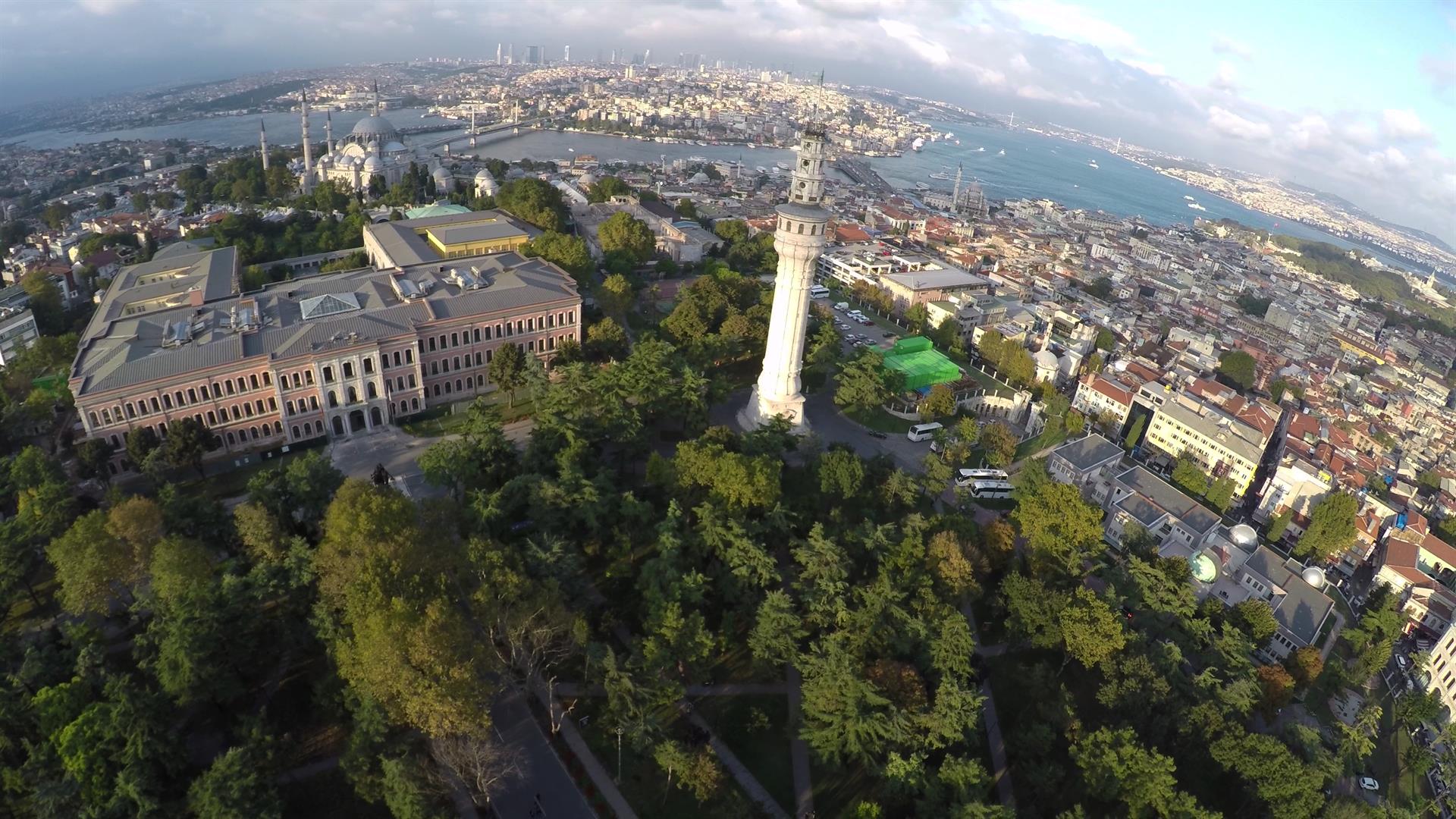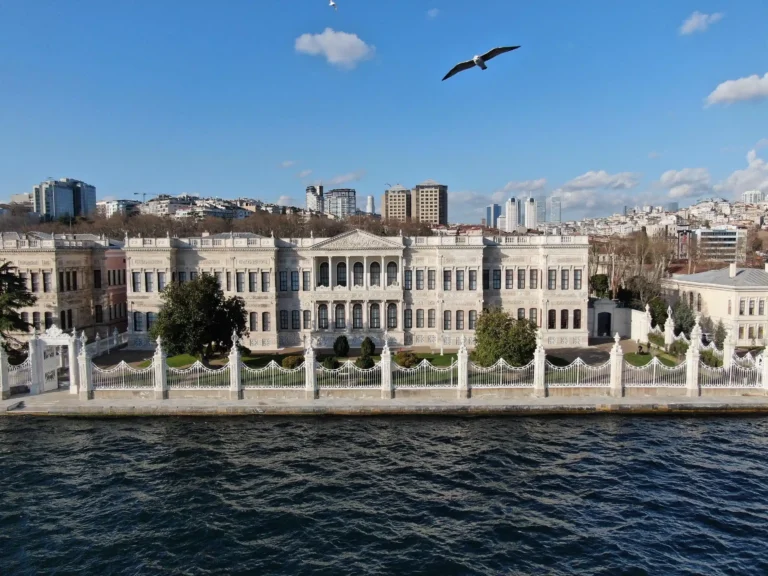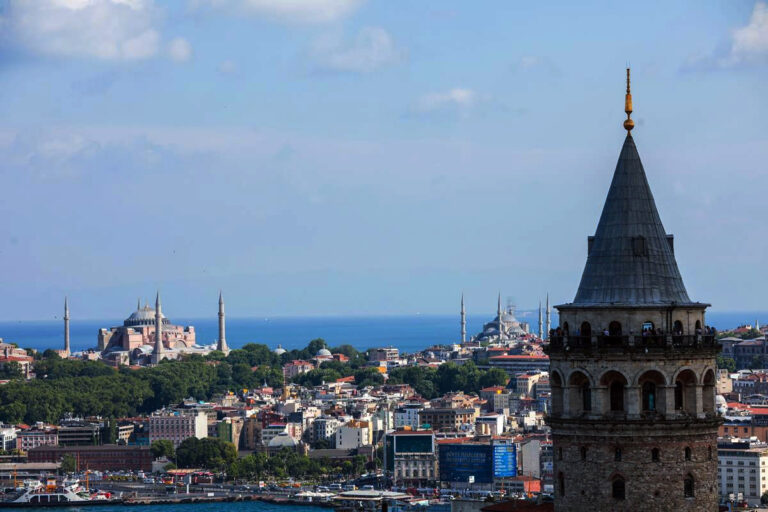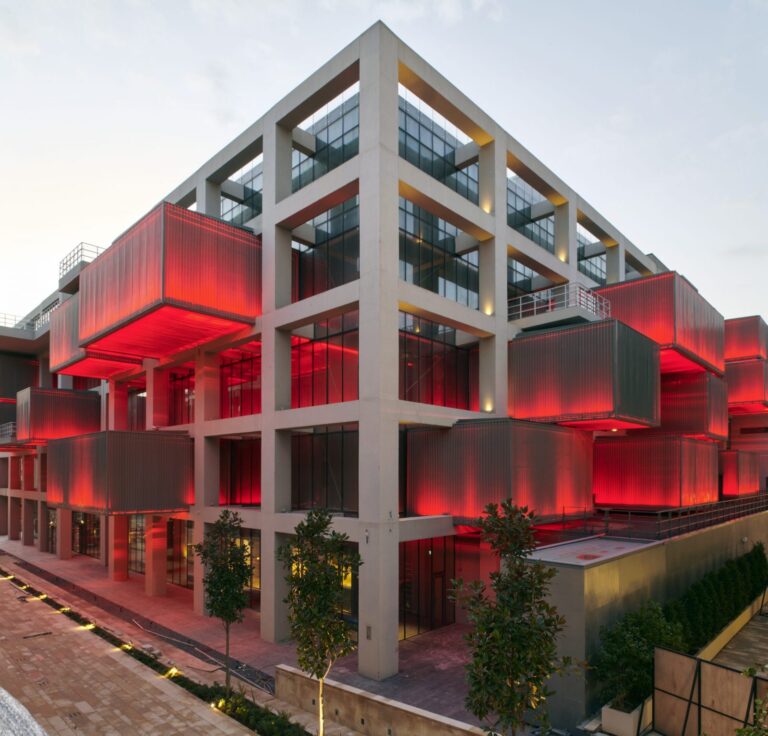İstanbul University Beyazıt Tower Monumental Museum
Istanbul University Beyazıt Tower Monument Museum
- Museum Name: Istanbul University Beyazıt Tower Monument Museum
- Affiliated Unit: Istanbul University, Corporate Communications Coordination
- Supervising Museum: Istanbul Archaeology Museums Directorate
About the Museum:

Historically, like all medieval cities, Istanbul had towers for surveillance and guiding ships. To protect the city from frequent fires, the Fire Brigade was established within the Janissary Corps by Damat Ibrahim Pasha in 1720. The original wooden “Fire Watchtower” was built during the restoration of the Ağakapısı Palace (now the site of Istanbul Mufti’s office and Istanbul University’s Botanical Garden) after the 1749 Küçükpazar fire. This tower, used for fire surveillance and dispatching firefighters, was often rebuilt due to fires.
In the 1750s, there were three fire towers in Istanbul located in Beyazıt, Galata, and İcadiye. After the 1756 great Cibali Fire, the tower was rebuilt in wood. Following the dissolution of the Janissary Corps in 1826, the old palace (current site of Istanbul University’s rectorate building) began to be used as the Serasker’s Office under the order of Sultan Mahmud II. A wooden fire tower (Harik Köşkü) was then constructed on the current site of the tower. After this tower burned down, a new masonry tower was built in 1828 by Vezir Ağa Hüseyin Pasha, designed by Senekerim Balyan from the Balyan family.
The tower’s east side facing Beyazıt Square features a Sultan Mahmud II tugra-inscribed plaque written by famous calligrapher Kazasker (Judge) Mustafa İzzet and composed by Keçecizade İzzet Molla.
In 1849, the tower was modified, adding three more octagonal floors above the watchmen’s section. During this renovation, fire surveillance was temporarily transferred to one of the Süleymaniye Mosque’s minarets.
Severely damaged in the 1884 earthquake, the tower underwent a major restoration in 1889, adding a flagpole at the top. In December 1909, the tower was struck by lightning, damaging its lightning rod.
The tower continued to operate until 1923, the year of the Republic’s declaration. Over the years, it was only used for weather forecasting announcements. It underwent renovations in 1997 and 2010, with the latter being part of the Istanbul 2010 European Capital of Culture project. In 2013, it was granted special museum status by the Ministry of Culture and Tourism as the Istanbul University Beyazıt Tower Monument Museum. Today, the building is used for daily weather forecasts (yellow light for fog, red for snow, green for rain, and blue for clear weather) and tourist visits.
The Tower’s Architecture:
The Beyazıt Fire Tower, standing on a chamfered square base, is four stories tall. It consists of four sections: “Flag Floor” (where flags were displayed), “Basket Floor” (baskets were lowered towards the fire area), “Signal Floor” (signals were given by officials in case of fire), and “Watch Floor” (where fire watchmen were stationed). The tower is 118 meters tall, with 180 wooden steps to the watch floor and an additional 76 steps to the top, totaling 256 steps. Its single entrance is on the north side.
The watch floor, now an observation floor, is illuminated by twelve rectangular windows with round arches. High enough for observation, these windows are interspersed with geometric and botanical decorations, and the ceiling features landscape paintings.
The black, white, and grey-toned landscape paintings, executed in the Kalem İşi technique, were uncovered during the 1997 restoration beneath the plaster. This pictorial band includes kiosks, pavilions, bridges, and fountains, with the surprising element being the depiction of the fire tower itself. The date of this addition is unknown. The segment of the circular wall facing the windows is animated with eight round-arched niches.
Usage of the Tower:
If a fire/smoke was spotted from the towers, a red/yellow flag or a basket was hung during the day. At night, a red lantern and fireworks were lit to signal the İcadiye Tower, which would then fire a cannon to alert all of Istanbul. Drums and horns were also used for this purpose. After the fire was announced, the “köşklü” (formerly “dîdebân”) watchman in the Harîk Köşkü in the courtyard of the Serasker’s Office would inform the neighborhood guards and firefighters.
The tower remains an important part of the city’s silhouette, both in its time and today.
Website: Istanbul University Museum Website and Beyazıt Tower Monument Museum Page
Address: Next to the Istanbul University Central Campus Rectorate Building, 34452 Beyazıt/Fatih-Istanbul
Phone: 0 (212) 440 00 00 / 11942
Email: [email protected], [email protected]
Visiting Days: Open on weekdays from 09:00 to 16:30. Visits require an appointment from the Istanbul University Corporate Communications Coordination.
Closed Days: Closed on weekends and public holidays.
Entrance Fee: Free
Who Can Visit: Open to all, but due to physical constraints of the tower, only up to 10 people can visit at a time.
Restrictions: Not suitable for visitors with disabilities, children under 12, pregnant women, those with heart, blood pressure, mobility issues, or fears of confined spaces, heights, or darkness.
Transportation: Accessible via Bağcılar-Kabataş tram, Yenikapı-Hacıosman Metro, and municipal buses towards Beyazıt.
Responsible Units: Corporate Communications Coordination and MÜZEYUM
Corporate Communications Coordination
Phone: 0 (212) 440 00 00/11941
Email: [email protected]
MÜZEYUM
Phone: 0 (212) 440 00 00/26023
Email: [email protected]





